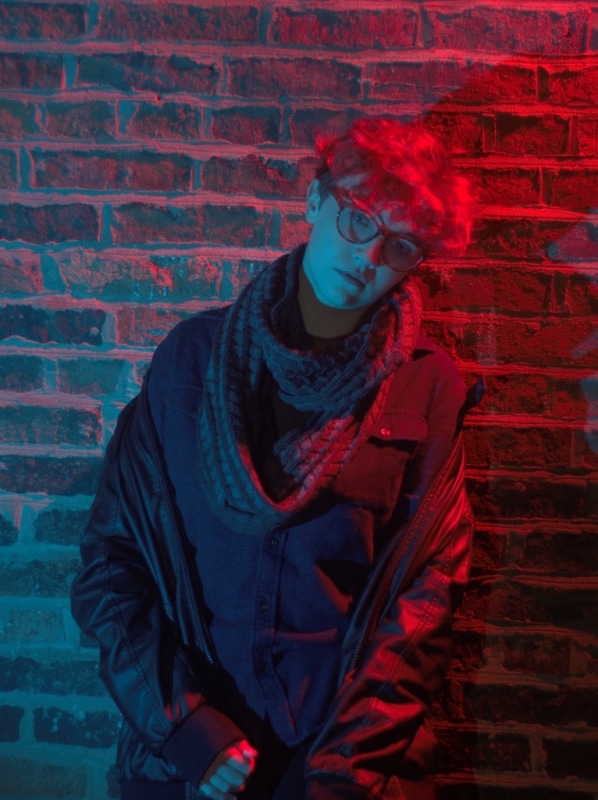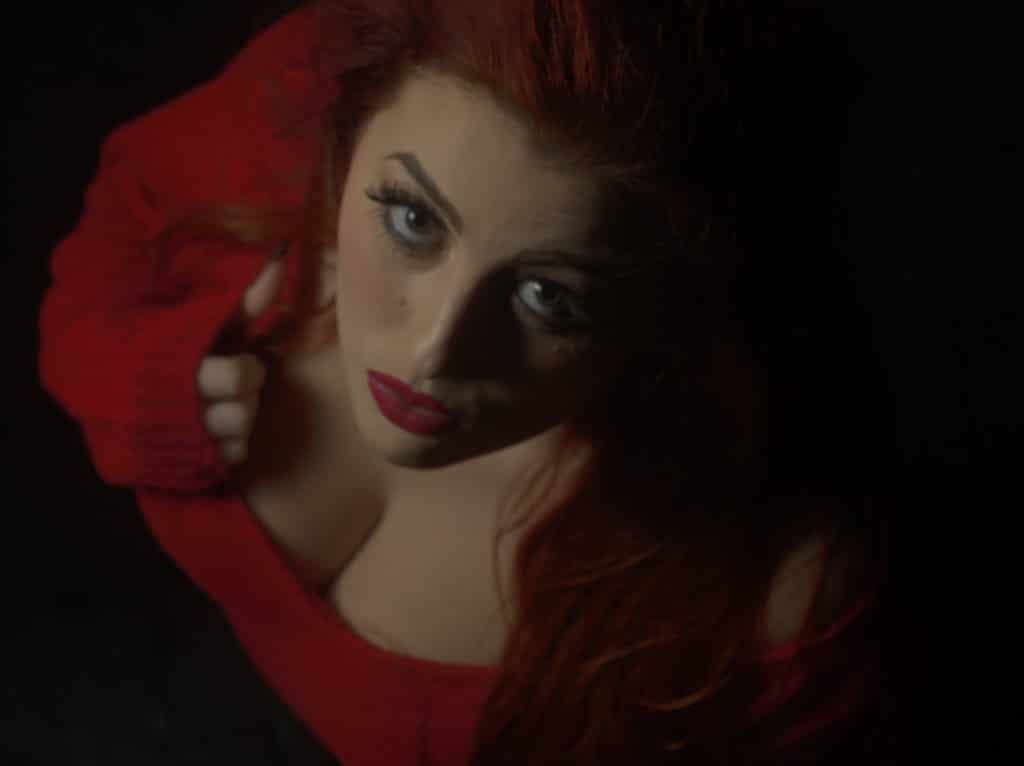How to shoot models at night
NIGHT SHOOT INTRODUCTION
Shooting models may be simple enough in the day, you sort themes, equipment and a location out. In theory, night time shooting is the same, you need a place and an idea of what you want from the event. However, the difference is light and that does sound obvious, but bear with us.
This article will take you through some of the planning steps, then an example shoot. This will include example shots from the night and explain the process.
SHOOTING AT NIGHT

Let us consider the elements here that can affect your shoot:
- weather
- time
- organisation
- skill
- equipment
Each of these bears it’s own issues and constraints that will unduly affect the shoot, so let us go through these.
Weather
Shooting during Autumn presents you golden leaves, cooler mornings but warm around midday. Being in the UK we do get a drop or two of rain too, so if shooting outside this would need to be planned for. Windy days can interfere with the models’ makeup or your lighting equipment.
Time
The time of day could affect the outcome, considering this is a night shoot. Any road/traffic issues could mean delays in commuting and parking up at the shoot. Popular events in the area could affect traffic and your shooting location too.
Organisation
Someone will have to lead the event, making arrangements for equipment and the models. Where to meet, what times and how many people are attending. Locations and routes for the night need to be discussed to be fair to all parties. You have to consider moving equipment between shoots or swapping models/photographers around.
Skill
Your skill level with models might affect your end results. A lack experience may affect the composition and technical aspects. If you are working in low light, some additional lighting will be required.
Equipment
Know your equipment, because at night everything is harder. Have you practised working your camera in the dark, can you manually focus or know how to get around this. Can you get to your equipment and move locations and setup again quickly.
NIGHT SHOOT – Part 1
There were a few last minute cancellations on the night. However, this is part of photography and life, so be prepared.
Having access to softboxes and remote triggers were necessary due to the low light. The main 2 organisers set up these and then left it to us. As a person with limited model experience, this is the point where you sink or swim. The model needs directing straight away. But you are busy working out your settings and performing test shots.

The model knew to keep moving and using new poses. But this proved difficult for a photographer. Combining the manual settings of the flash with manual focus the lens was difficult. After taking advice from the more experienced members, the equipment was set up. The images soon improved and small adjustments were made to the softbox position.
The shooting used a 2 step approach, shoo + check, then adjust + shoot. The hardest element is focusing in the dark. When you look through the viewfinder you see darkness which makes it very difficult to focus.
The only way around this is to shoot and chimp, unless you have high-quality equipment. Using an old Nikon D200 or the modern Olympus OM-D em10 proved similar. Even though the Nikon had a pro lens attached and has autofocus, which works great in the day. At night the low light performance is terrible, so you have to use manual focusing. Using the Olympus with a vintage 50mm f1.8 lens from my film camera, meant using manual focus too.
Modern features like focus peaking and electronic zoom make do difference. The mirrorless works great in low light but is limited by the manual focusing.
Shooting in this manner requires practise and patience. This makes it difficult as the model has to keep waiting for you to communicate.
As the years are passing my eyesight is now so bad seeing the LCD on the camera is becoming more difficult too. This highlighted the fact I could not determine if the shots were in focus. Certainly something I need to consider going forward when working in low light.
NIGHT SHOOT – Part 2
Throughout a session, you can come across other issues – ability. You may have self-doubt, be too critical or inexperienced working with models. It is intimidating being in charge, you have to tell the model constantly what you want so they know and can help you.
Directing (models) is not something that feels natural. This is a personal challenge and something to work on. Relaxation is the easiest method. Chatting and getting to know the model really helps, this can help your image quality.

Once model and equipment are in sync the sky is your limit. The next phase is then to swap to the next model and try something different.
Using gels with the flash become something to investigate and try. Single gels and multiple colours were tried. Along with different power flashes and distances. During experimentation, it is paramount to show the model the result. They can then understand what you want from the shot. They can add their own looks and poses, that will add further improvements to the end product.

NIGHT SHOOT – Conclusion
Learning from your experiences is the key to succeeding. Not everyone is comfortable with models and portraiture. There are elements such as utilising lighting equipment. Working in low light is very different too. Most of all, capturing that bokeh from background lights is sublime.
After reading about our experience, you can prepare yourself for your night shoot! The points are designed to be brief and general enough to follow for most shoots in theory. Just remember working outdoors adds a couple of other considerations.

✔ HOW TO SUCCEED
- read the weather forecast
- take appropriate clothing
- utilise appropriate equipment
- arrive early
- research location
- plan shots
- communicate with the model
- help other photographers
- experiment
- have fun
✖ MISTAKES TO AVOID
- being cold and wet
- camera equipment is not protected from the elements
- keeping models waiting
- not coping under pressure
- not having support from others
- no spare batteries
- not having the right equipment
- lack of planning
Some points from the above list are more important than others. This will depend on your circumstances and shoot. Without the correct equipment, you will not be able to create or record the moment either. Most noteworthy, technique and skill are everything when working with difficult lighting.
Through practise, your skill and craft will improve. Work with new people and equipment, see where this takes you. Keep pushing your boundaries and step out that comfort zone!
Thanks to all the models for their patience and perseverance – their details can be found below. If you want to see more portraiture work, check out my Instagram feed here – @phlogger_portraits
Further Details
Equipment used:
- Nikon d200 + 28-70mm f2.8 pro lens (owned by Phlogger)
- Olympus OM-D EM10 + 50mm f.18 manual lens (owned by Phlogger)
- Neewer NW985n flash and trigger system (owned by Matt Maltby)
- 3 x Large octobox (Matt, Chris and Jay supplied)
Models:
- Eleanor Louise Hinton
- Charlotte King (assistance from Alex Ramamoorthy)
Photographers:
- Matt Maltby (organiser)
- Jay Good (organiser)
- Chris Pops Perry
